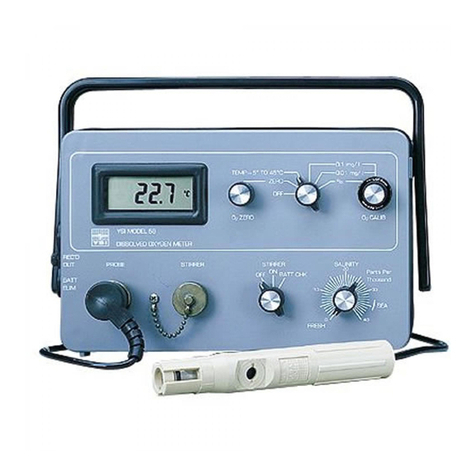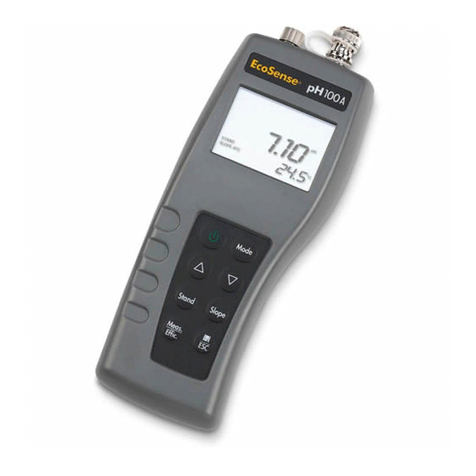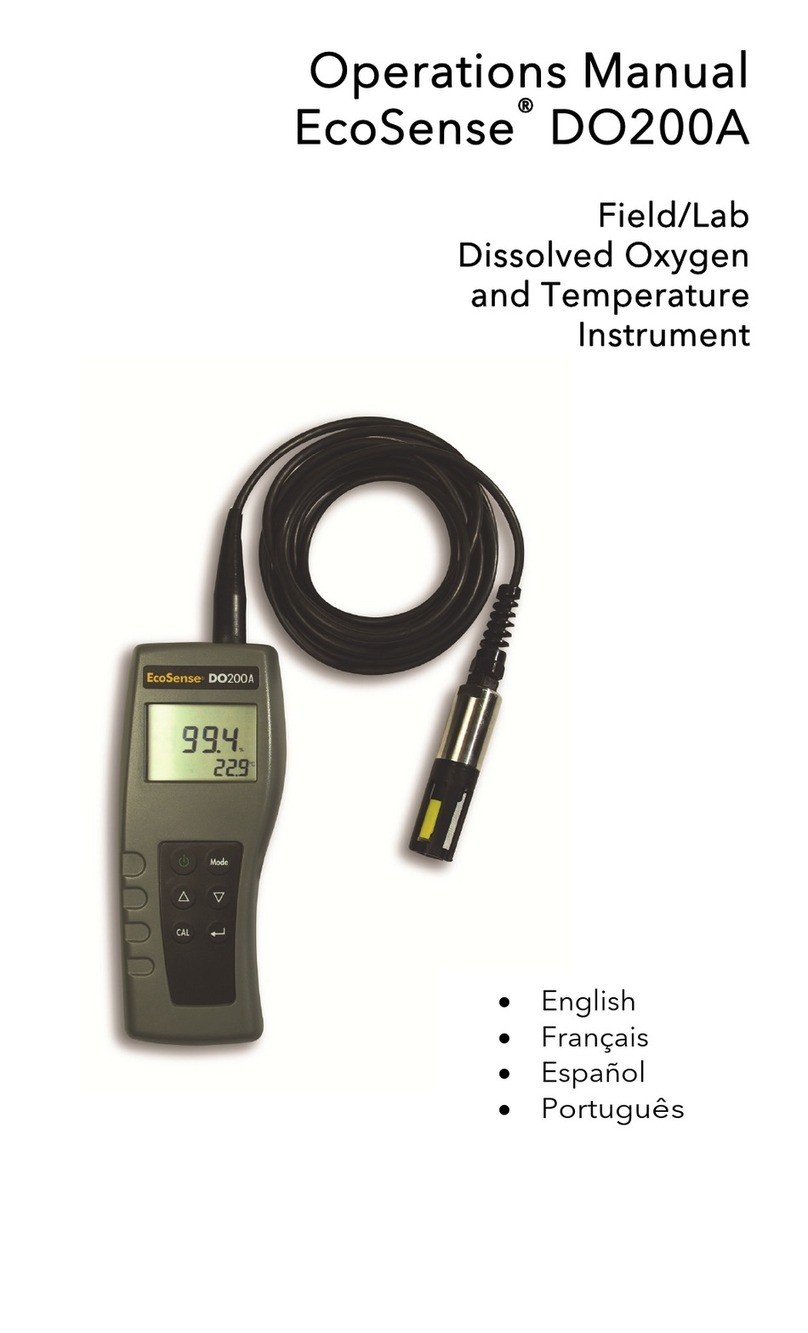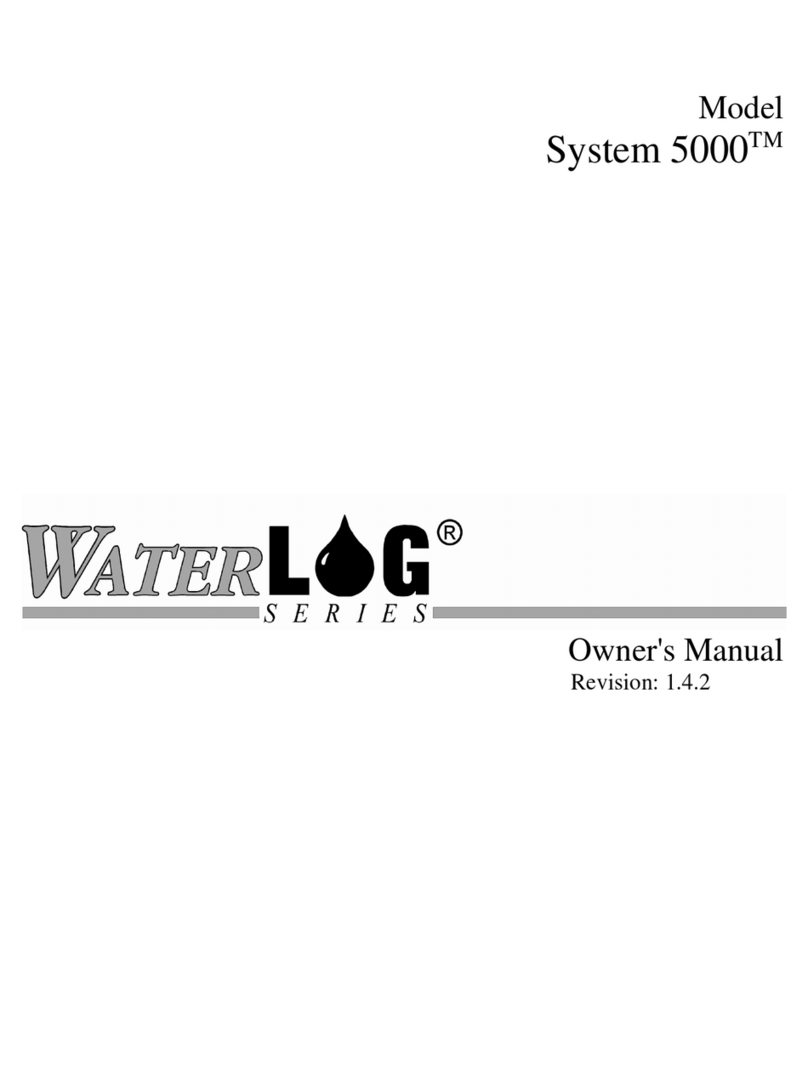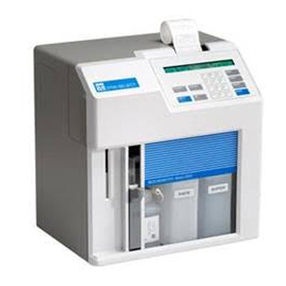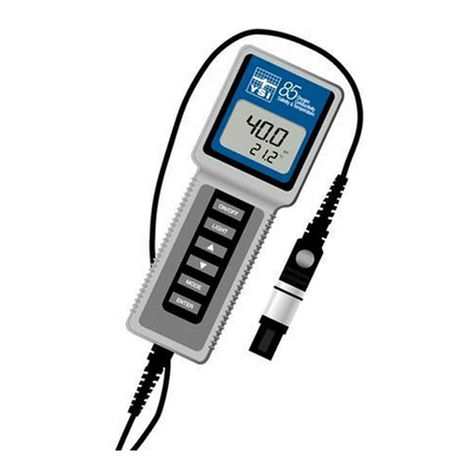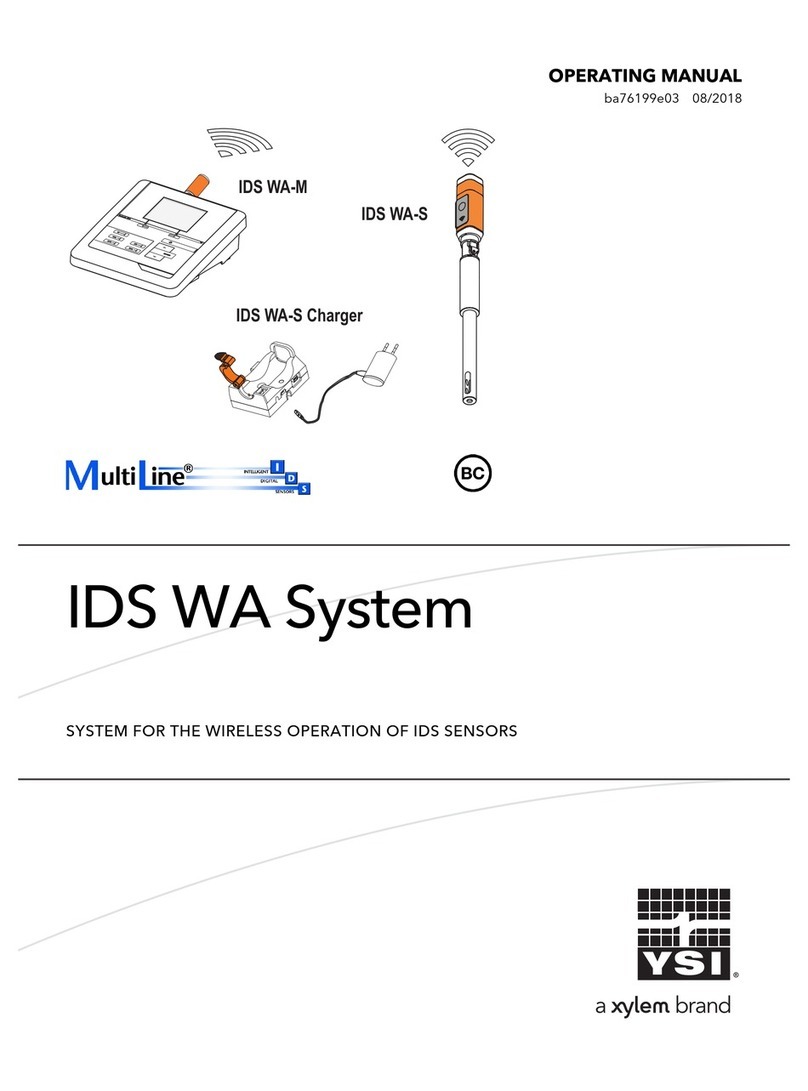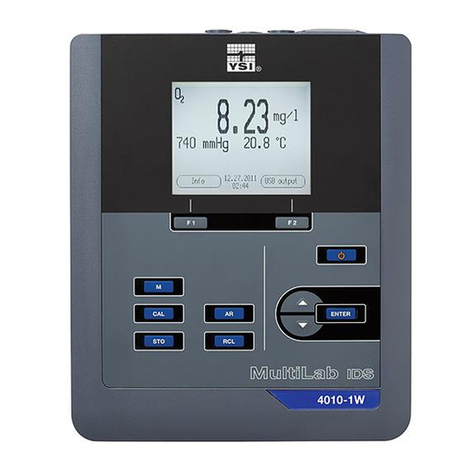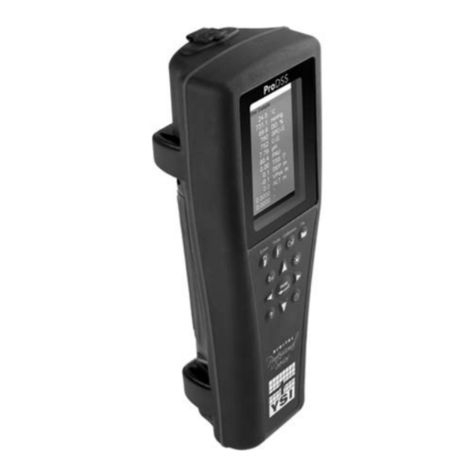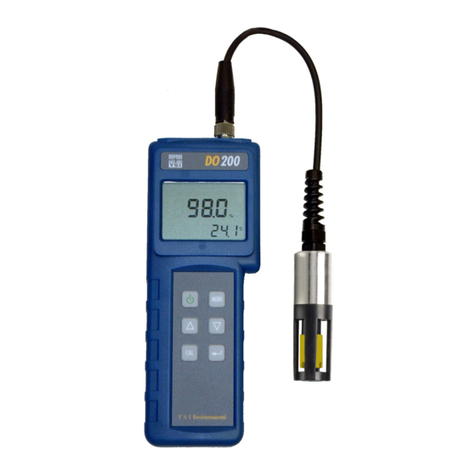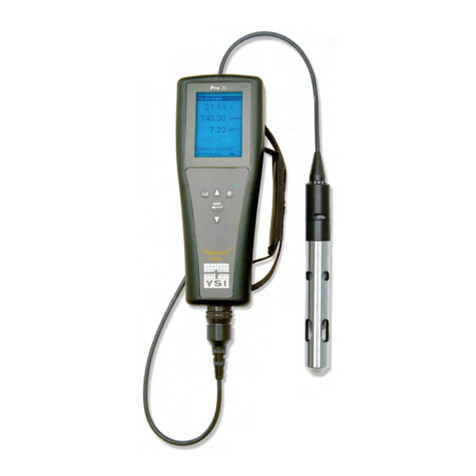
iv
4Operation..............................................................................................................37
4.1 Turning on the Multi-Channel Online Monitor................................................37
4.2 Software Overview ........................................................................................38
4.3 Status Lights..................................................................................................38
4.4 Logging into the System................................................................................38
4.5 Configuring the System Settings...................................................................40
4.5.1 Pump Settings.........................................................................................40
4.5.2 Rinse and Antiseptic Settings.................................................................41
4.5.3 Bottle Check............................................................................................42
4.5.4 Chemistry Configuration .........................................................................42
4.5.5 Analog Output Configuration...................................................................43
4.6 Vessel Sampling............................................................................................44
4.6.1 Setting up Individual Vessels: Standard Sampling.................................44
4.6.2 Priming a Vessel Line .............................................................................46
4.6.3 Prepare the 2900 Series Analyzer for Monitoring...................................46
4.6.4 Starting the Monitor System....................................................................48
4.6.5 Stopping the Monitor System..................................................................49
4.6.6 Starting a Priority Sample .......................................................................49
4.6.7 Scheduler Sampling................................................................................49
4.7 Data Acquisition and Exporting .....................................................................54
4.7.1 Tabulating the Data.................................................................................54
4.7.2 Data Filter................................................................................................55
4.7.3 Graphing the Data...................................................................................56
4.7.4 Exporting the Data ..................................................................................59
4.8 System Monitoring.........................................................................................60
4.8.1 Status Monitoring....................................................................................60
4.9 Changing the User’s Password.....................................................................61
4.10 Installing Software Updates...........................................................................61
4.11 Creating, Restoring and Removing Backup Files..........................................62
4.11.1 Creating a Backup File............................................................................62
4.11.2 Restoring a Backup File..........................................................................63
4.11.3 Removing a Backup File.........................................................................64
4.12 Shutting Down, Logging Out or Restarting....................................................64
4.13 Remotely Accessing......................................................................................65
4.14 Support ..........................................................................................................65
4.14.1 Support Icon............................................................................................65
4.14.2 Audit Trail................................................................................................66
4.14.3 Alerts Display..........................................................................................68
5Maintenance.........................................................................................................70
5.1 Routine Maintenance.....................................................................................70
5.1.1 Daily Maintenance...................................................................................70
5.1.2 Preventive Maintenance .........................................................................71
5.2 Component Replacement..............................................................................71
5.2.1 Pump Tubing...........................................................................................71
5.2.2 Waste and Reagent Bottle Lines ............................................................72
5.2.3 Monitor Cup Sample and Waste Lines ...................................................73
5.2.4 FISP Membrane Replacement................................................................73
5.3 Cleaning.........................................................................................................73
5.3.1 General Cleaning Procedures.................................................................73
5.3.2 Component Cleaning ..............................................................................73
5.3.3 FISP Probe and Membrane....................................................................74
5.3.4 Touchscreen Monitor ..............................................................................74
5.4 System Shutdown..........................................................................................75
6Troubleshooting ..................................................................................................76
6.1 Troubleshooting Basics .................................................................................76
6.2 Online Monitor Troubleshooting Guide..........................................................76















